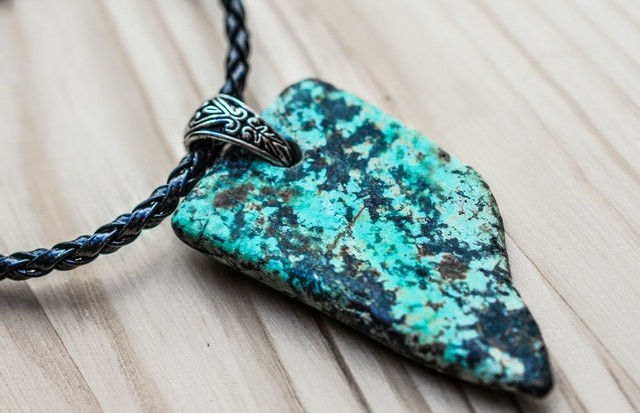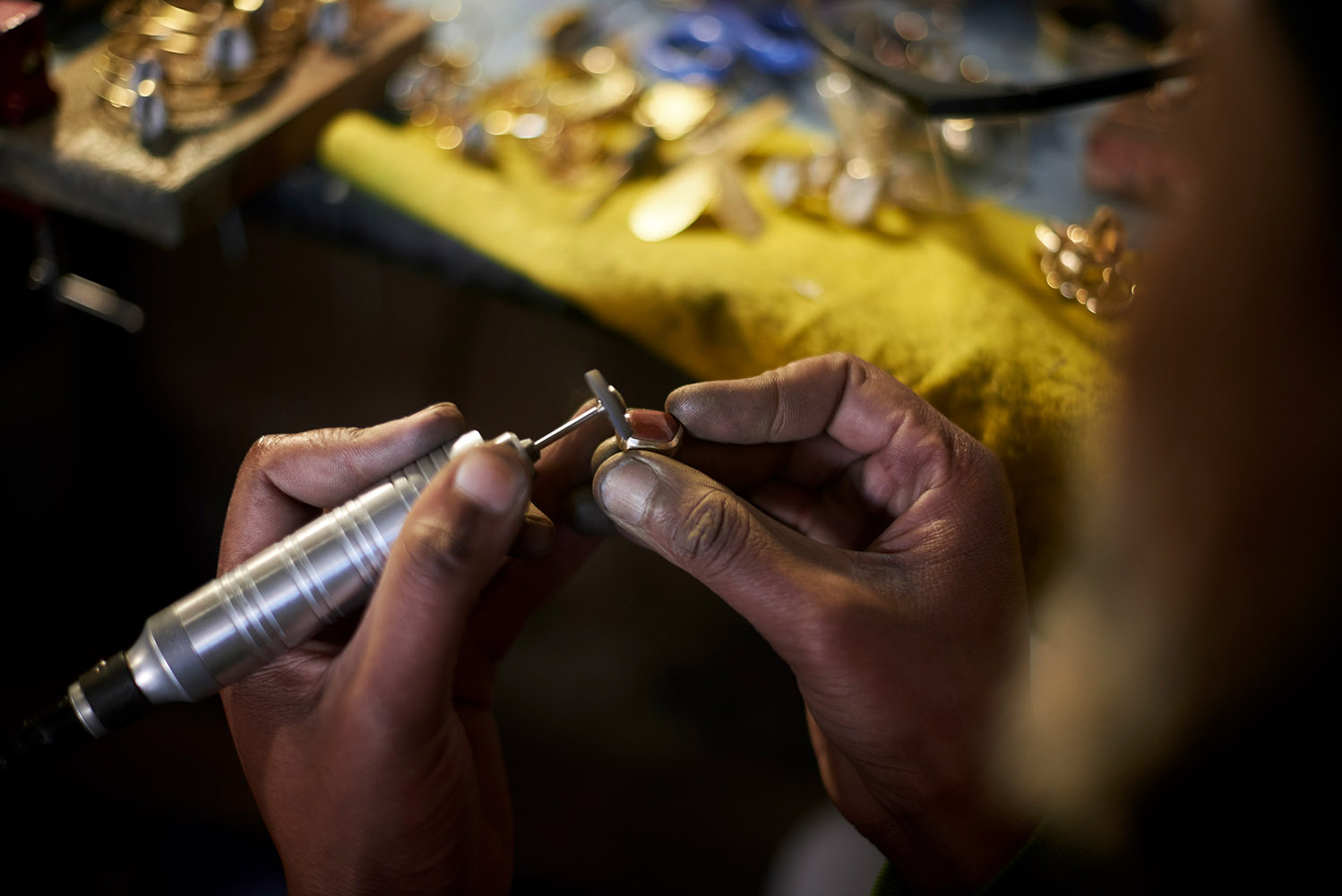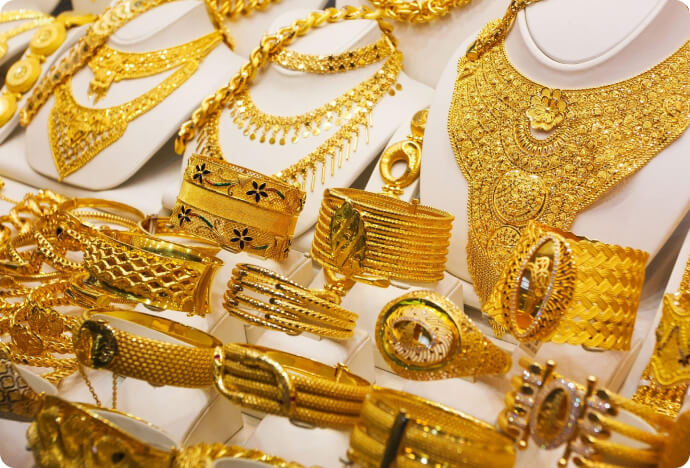Navigating The Jewelry Trade: Sending Precious Cargo To Australia
Navigating the Jewelry Trade: Sending Precious Cargo to Australia
Related Articles: Navigating the Jewelry Trade: Sending Precious Cargo to Australia
Introduction
With enthusiasm, let’s navigate through the intriguing topic related to Navigating the Jewelry Trade: Sending Precious Cargo to Australia. Let’s weave interesting information and offer fresh perspectives to the readers.
Table of Content
Navigating the Jewelry Trade: Sending Precious Cargo to Australia

Australia, a land renowned for its natural beauty and vibrant culture, is also a significant market for jewelry. Whether you’re a small artisan seeking to expand your reach or a larger business looking to tap into the Australian market, sending jewelry across international borders requires careful consideration and adherence to specific regulations. This comprehensive guide provides a detailed overview of the complexities and considerations involved in shipping jewelry to Australia.
Understanding Australian Customs and Regulations
Australia’s strict import regulations are designed to protect the country’s biosecurity and prevent the entry of prohibited items. Jewelry, while generally permitted, falls under specific categories and may be subject to various import restrictions.
1. Jewelry Material Restrictions:
- Precious Metals: Gold, silver, and platinum are generally allowed, but specific regulations might apply to their purity and origin.
- Gemstones: Natural gemstones, such as diamonds, sapphires, and emeralds, are generally permitted. However, certain gemstones, like those originating from conflict zones, may be subject to import restrictions.
- Pearls: Cultured and natural pearls are permitted, but specific documentation may be required for certain types.
- Synthetic Materials: Synthetic materials, such as cubic zirconia and lab-grown diamonds, are generally allowed, but specific regulations may apply.
- Organic Materials: Jewelry incorporating materials like coral, ivory, or exotic wood may be subject to stringent regulations and require permits.
2. Import Declarations and Documentation:
- Commercial Invoices: Detailed commercial invoices are mandatory, clearly stating the item description, quantity, value, and country of origin.
- Import Permits: Depending on the type and origin of the jewelry, specific import permits may be required. These permits can be obtained from the Australian Department of Agriculture, Water and the Environment (DAWE).
- Certificate of Origin: A certificate of origin, verifying the country where the jewelry was manufactured, may be required for certain types of jewelry.
- Jewelry Valuation: Accurate valuation of the jewelry is crucial for customs duty calculations and insurance purposes.
3. Customs Duty and Taxes:
- Goods and Services Tax (GST): Australia’s GST of 10% applies to most imported goods, including jewelry.
- Customs Duty: Depending on the type of jewelry and its origin, additional customs duties may apply.
- Other Taxes: Depending on the specific jewelry item, additional taxes like luxury goods tax or excise duty may be imposed.
4. Labeling and Packaging:
- Proper Labeling: Each item should be clearly labeled with the type of material, origin, and value.
- Secure Packaging: Jewelry must be packaged securely to prevent damage during transit. It is recommended to use sturdy boxes, bubble wrap, and other protective materials.
- Compliance with Australian Standards: Packaging should comply with relevant Australian standards for safe transport and handling.
5. Shipping Options and Considerations:
- Courier Services: Courier services offer fast and reliable delivery options for jewelry. However, they may be more expensive than other methods.
- Freight Forwarders: Freight forwarders can handle the logistics of shipping large or complex shipments of jewelry.
- Insurance: It is highly recommended to insure your jewelry shipment against loss, damage, or theft during transit.
Navigating the Complexities: Essential Tips for Success
- Thorough Research: Prior to shipping, conduct thorough research on Australian customs regulations, import requirements, and potential restrictions specific to your type of jewelry.
- Professional Guidance: Consider consulting with a customs broker or international trade specialist for expert advice on navigating the import process.
- Accurate Documentation: Ensure all required documentation, including commercial invoices, permits, and certificates of origin, is accurate, complete, and readily available.
- Secure Packaging: Utilize high-quality packaging materials to protect your jewelry from damage during transport.
- Insurance Coverage: Protect your investment by securing comprehensive insurance coverage for your jewelry shipment.
- Compliance with Standards: Ensure all aspects of your shipment comply with Australian standards and regulations.
Frequently Asked Questions (FAQs)
1. Can I send personal jewelry to Australia as a gift?
Yes, you can send personal jewelry as a gift to Australia. However, it is important to declare the value of the gift and follow the same customs regulations as for commercial shipments.
2. Are there any restrictions on the amount of jewelry I can send to Australia?
There are no specific restrictions on the amount of jewelry you can send to Australia. However, large shipments may be subject to additional scrutiny by customs officials.
3. What are the tax implications of sending jewelry to Australia?
Depending on the value of the jewelry, you may be required to pay GST, customs duties, and other taxes. It is essential to research the specific tax implications based on the type and origin of your jewelry.
4. How do I ensure the safe delivery of my jewelry to Australia?
Utilize reputable shipping services, secure packaging materials, and consider insurance coverage to minimize the risk of damage or loss during transit.
5. Can I send jewelry to Australia through the postal service?
Yes, you can send jewelry through the postal service. However, it is important to ensure the package is properly labeled, securely packaged, and declared with the correct value.
Conclusion: Embracing the Opportunities
Sending jewelry to Australia presents a significant opportunity to expand your reach and tap into a lucrative market. By understanding the intricacies of Australian customs regulations and adhering to best practices, you can confidently navigate the import process and ensure the successful delivery of your precious cargo. With careful planning, accurate documentation, and a commitment to compliance, you can successfully navigate the complexities of international jewelry trade and unlock the potential of the Australian market.








Closure
Thus, we hope this article has provided valuable insights into Navigating the Jewelry Trade: Sending Precious Cargo to Australia. We thank you for taking the time to read this article. See you in our next article!
You may also like
Recent Posts
- The Allure Of Cubic Zirconia: A Comprehensive Guide To Its Beauty And Versatility
- The Evolution Of Jewelry Design: Embracing The Power Of CAD
- Corfe Castle: A Journey Through Time In The English Countryside
- Restoring A Precious Symbol: Repairing A Cut Ring
- A Comprehensive Guide To Silver Jewelry In Chennai: Unveiling The City’s Silver Treasures
- A Glimpse Into Kolkata’s Golden Legacy: Exploring City Gold Jewellery
- Navigating The Landscape Of Charitable Giving: Supporting Local Communities In The Wake Of COVID-19
- Corfe Castle And Village: A Journey Through Time
Leave a Reply